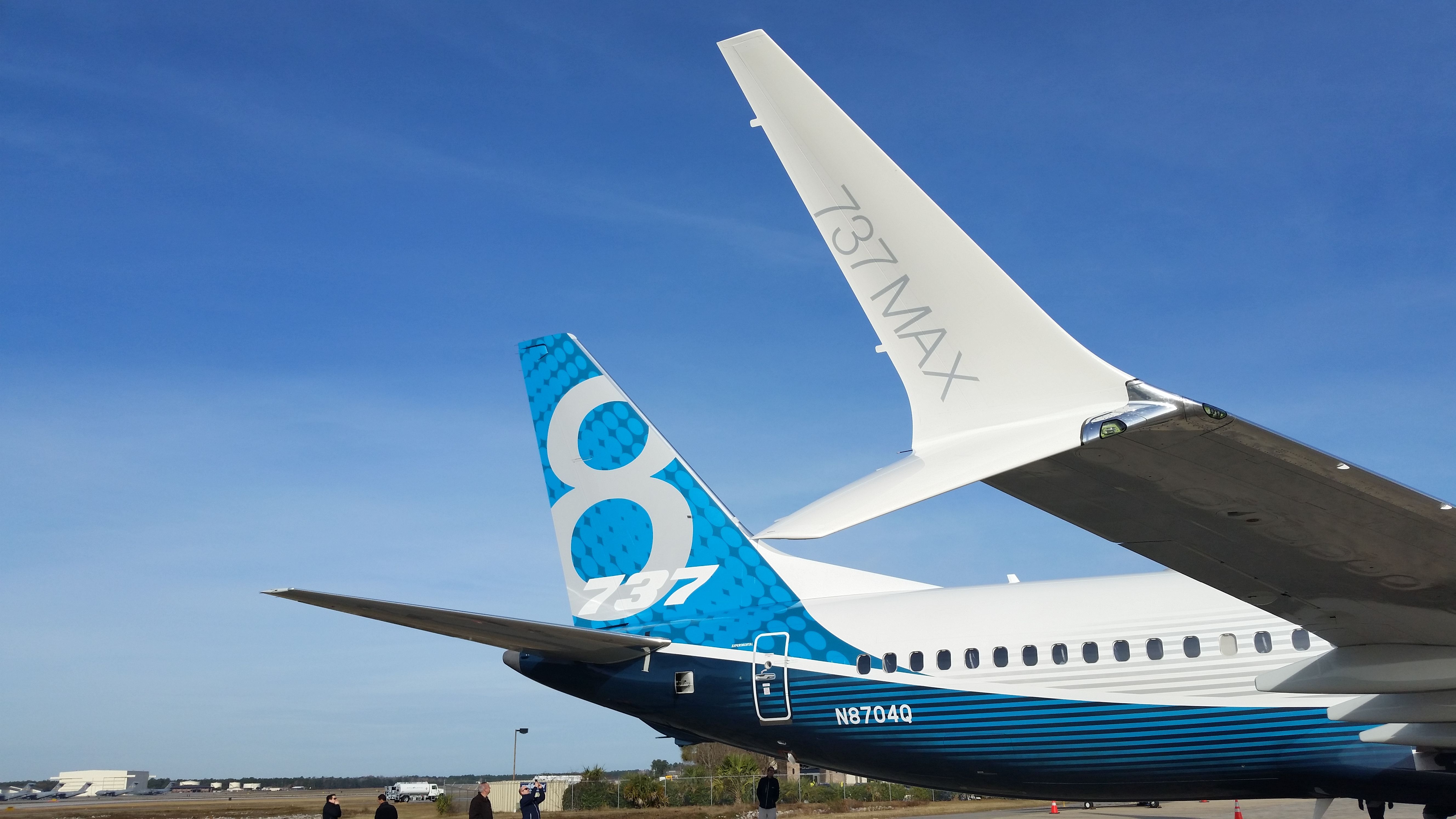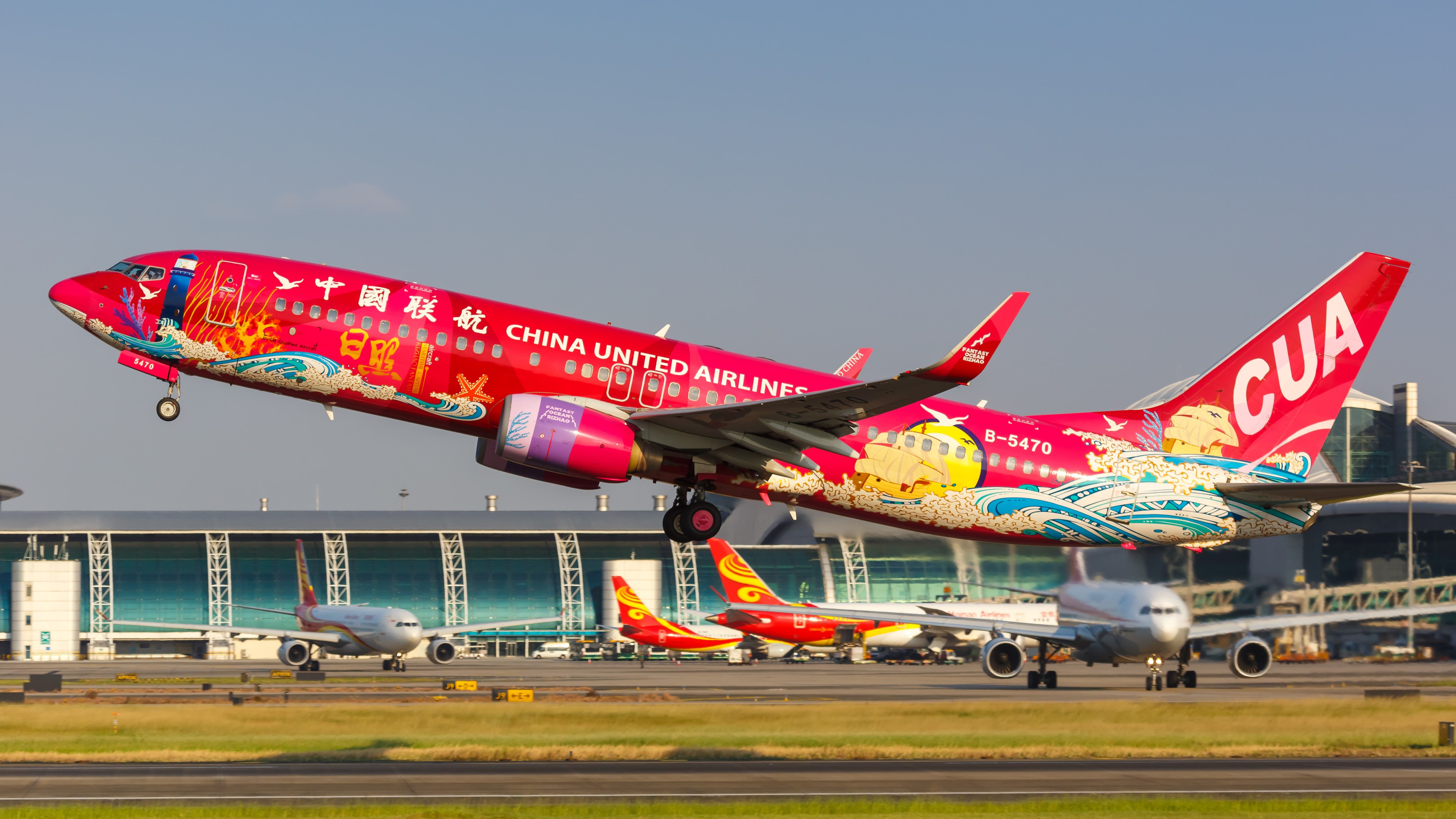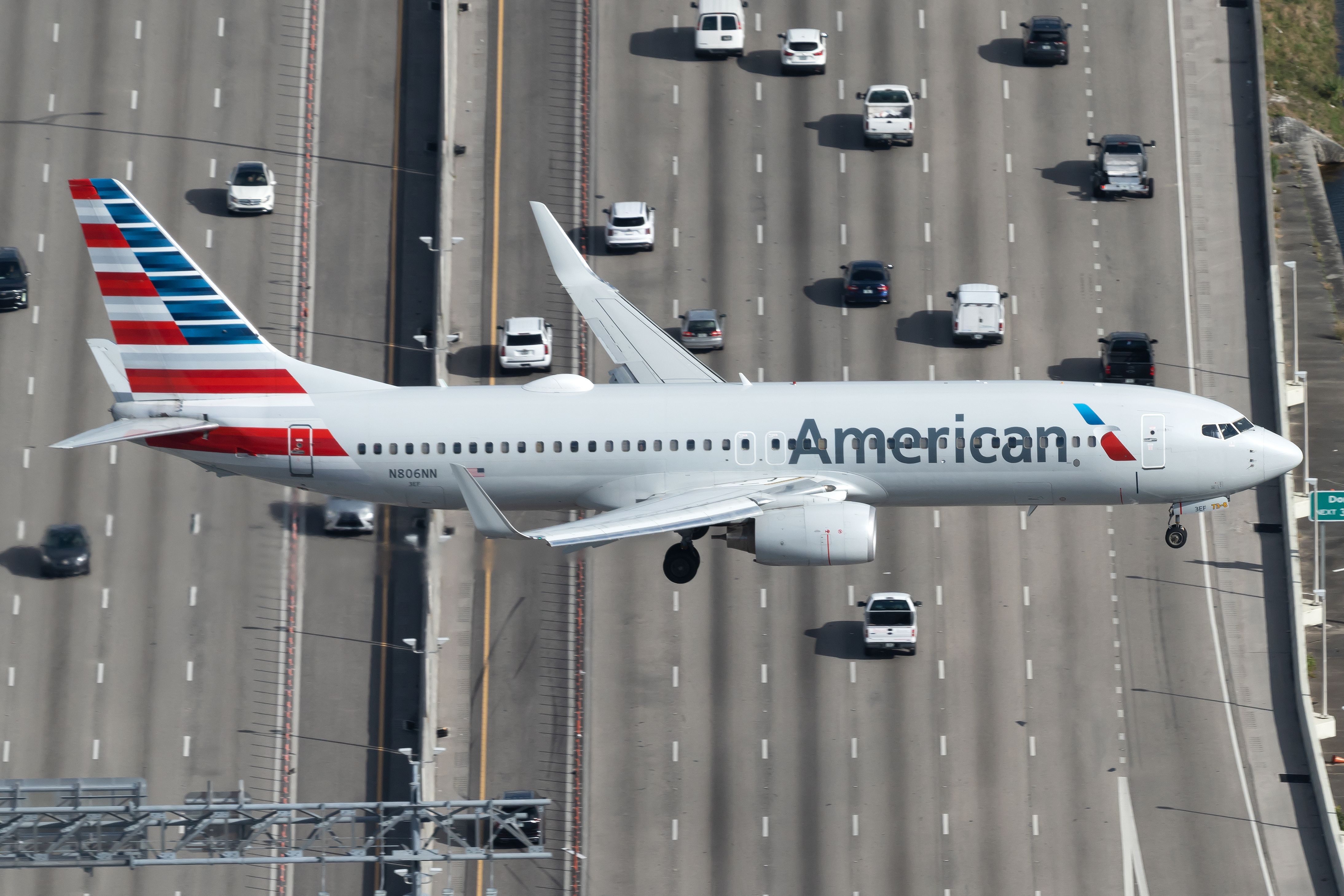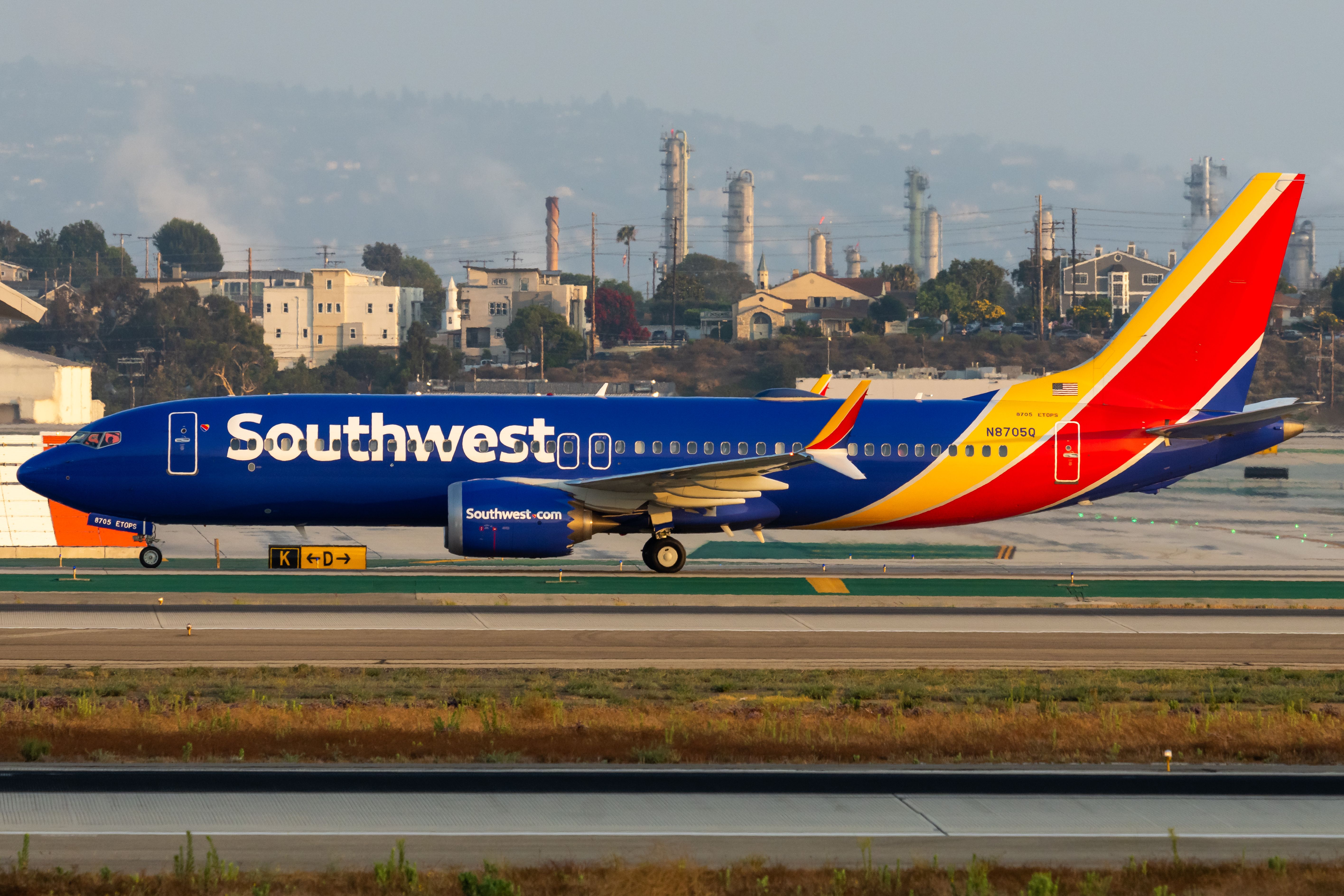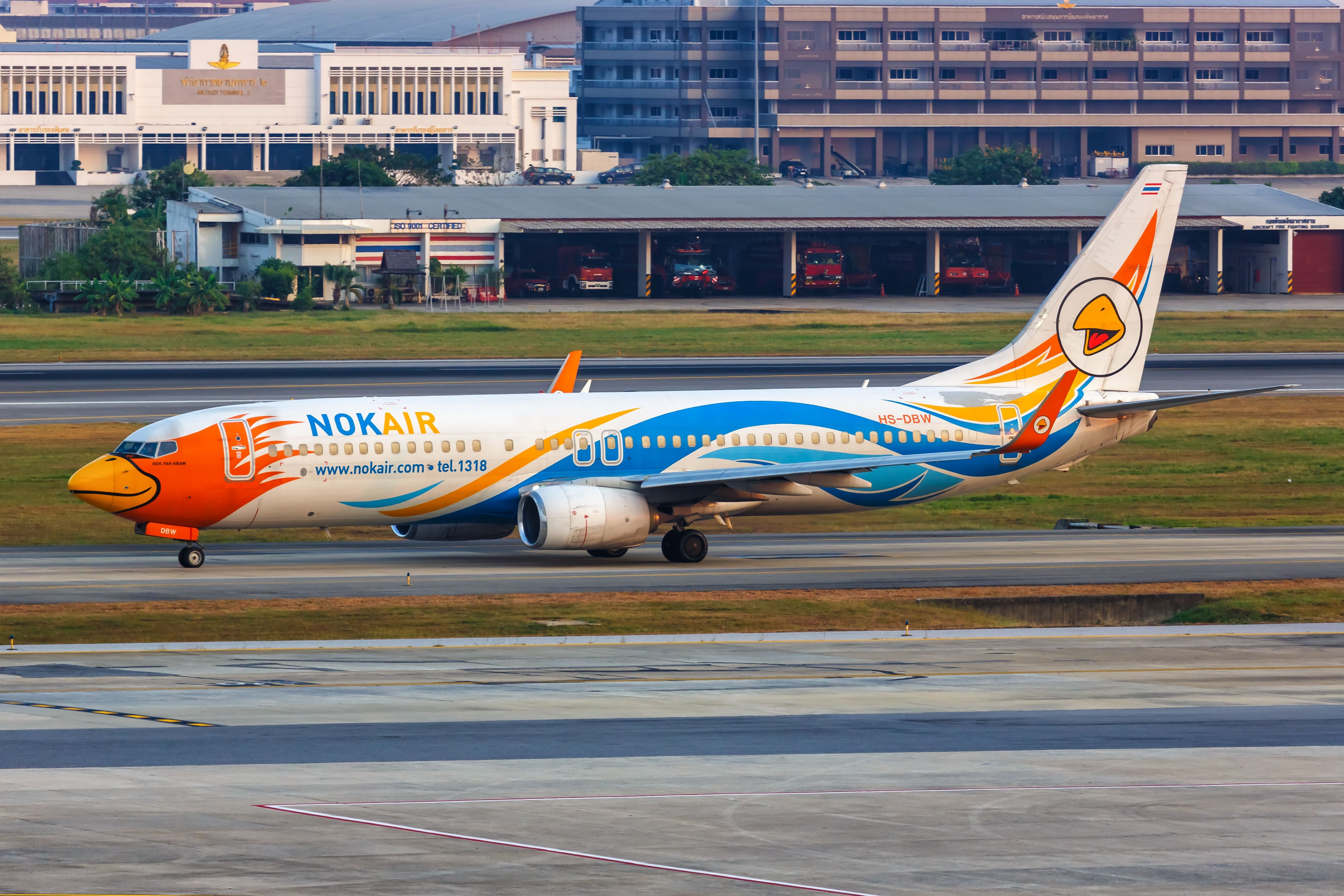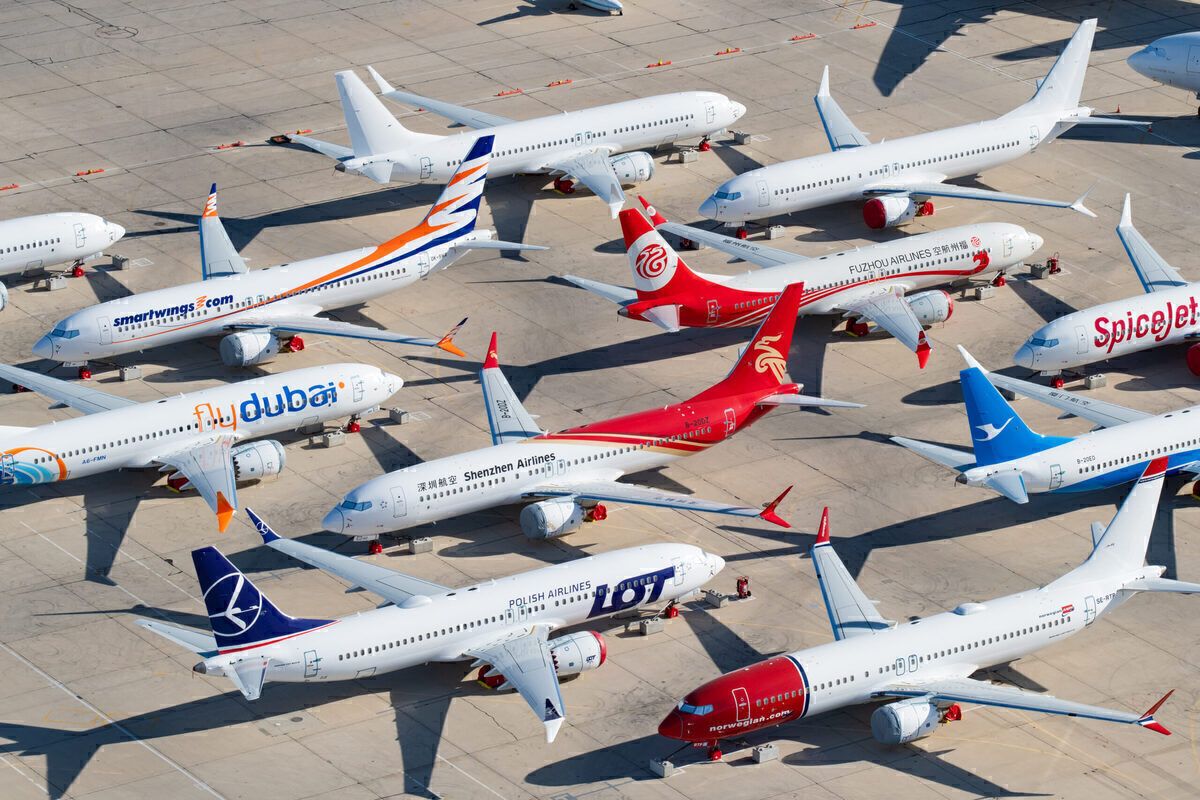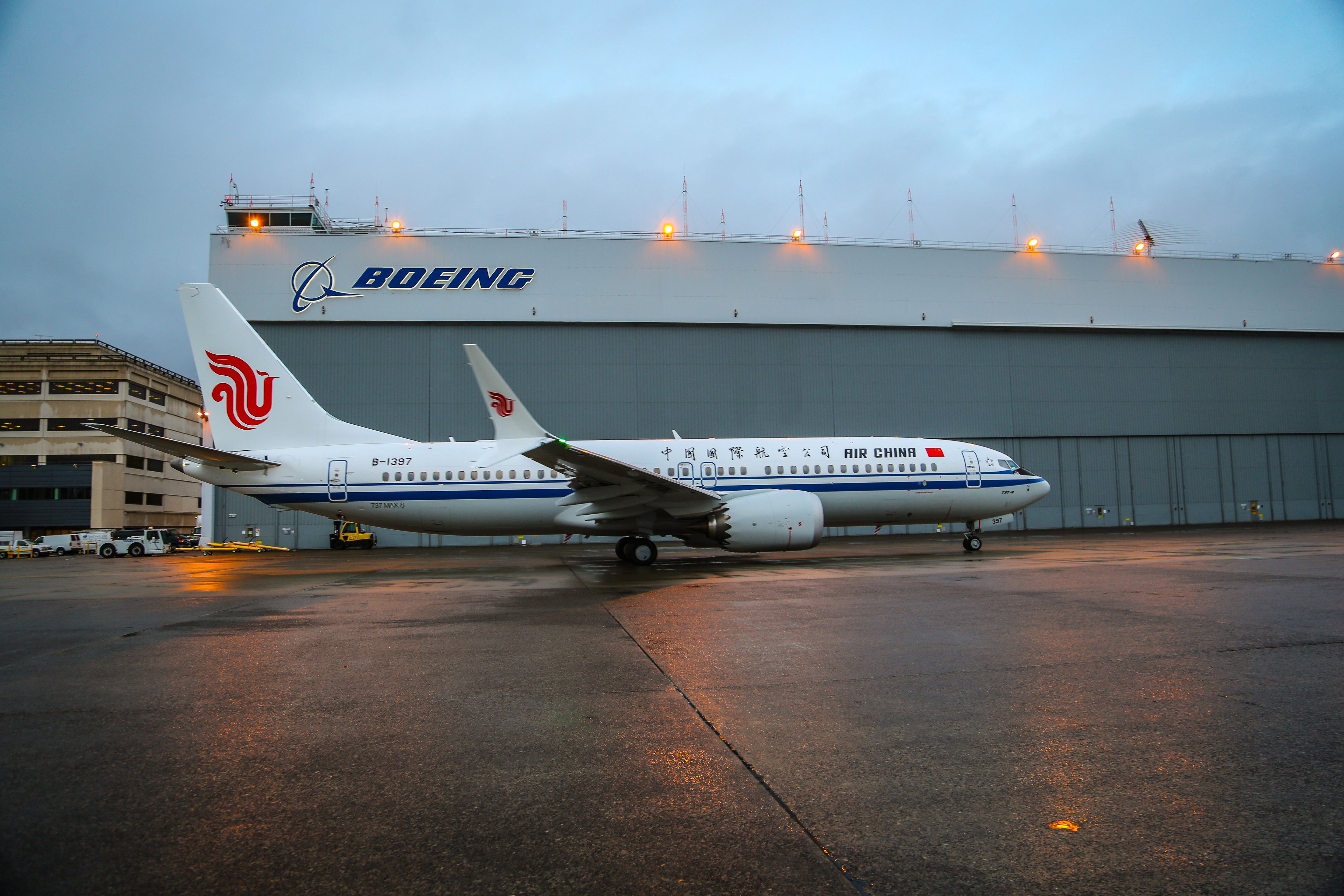Summary
- The Boeing 737 MAX 8 offers a longer range and higher capacity than the third-generation 737-800, making it a superior alternative.
- Boeing's MAX 8 comes with a higher price tag but offers significant technological benefits that justify the cost.
- Safety concerns surrounding the MAX series led to a global grounding, but the type has returned to service in some countries after addressing the issues.
The Boeing 737 family is the most popular narrowbody series developed and manufactured by Boeing. The company began the longstanding journey with Boeing 737-100 (First generation) in the late 1960s. The company introduced the second-generation Classic series (-300, -400, and -500) in the early 1980s. The popularity of the jet kept growing far and wide until the new-generation (NG) family was rolled out in 1996. The NG family comprises the 737-600, -700, -800, and -900 aircraft.
In 2011, the company introduced the fourth and most recent generation of the successful family, the 737 MAX series, comprising 737 MAX 7, MAX 8, MAX 9, and MAX 10 aircraft. The 737-MAX 8 was the first of the family to enter commercial market in 2017. The MAX series was faced with a fair share of criticism and grounding that lasted nearly two years following two hull loss crashes that caused 346 deaths.
The Boeing 737-800 (NG) and the 737 MAX 8 (fourth generation) remain two of the most popular aircraft in the recent lot. These aircraft show exemplary fuel efficiency, operating economics, and passenger comfort. This article compares and contrasts the two jets and highlights the prominent performance characteristics of both.
737NG vs 737 MAX
Let's begin by taking a look at the differences between some of the key variants of each of the two aircraft families in question. Starting with the 737NG (Next Generation) family, we can see that the basic specifications of the models are as follows:
|
Model |
Seats (two-class setup) |
Range |
|
737-600 |
108 |
3,235 NM (5,991 km) |
|
737-700 |
126 |
3,010 NM (5,570 km) |
|
737-800 |
162 |
2,935 NM (5,436 km) |
|
737-900ER |
178 |
2,950 NM (5,460 km) |
A general trend is that the range of the aircraft is slightly longer among the smaller variants, which can't carry as many passengers. While the larger 737-900ER can fly marginally further than the smaller 737-800, this model benefits from being an 'Extended Range' version. The same specifications for the models of the fourth-generation 737 MAX series are as follows:
|
Model |
Seats (two-class setup) |
Range |
|
737 MAX 7 |
138-153 |
3,850 NM / 7,130 km |
|
737 MAX 8 |
162-178 |
3,550 NM / 6,570 km |
|
737 MAX 9 |
178-193 |
3,550 NM / 6,570 km |
|
737 MAX 10 |
188-204 |
3,300 NM / 6,110 km |
While the same range patterns exist as above, it is clear that these aircraft's base range and carrying capacity are far superior to previous models. One interesting aspect is the difference between the 737 MAX 8 and the MAX 9. While the latter holds more passengers, this is not detrimental to its operational range.
They also differ in the sense that the 737-800 is the third-largest 737NG airframe, while the MAX 8 ranks second among the MAX series.
Capacity is king
As it happens, the MAX 8 can have an even higher capacity. According to data from ch-aviation, Irish low-cost carrier Ryanair has thus far received 79 aircraft from a 210-jet order for the 737 MAX 200. This high-capacity version has space for 197 passengers in seats with a tight pitch of just 28 inches. Boeing enables this by fitting an extra set of exits to comply with capacity regulations.
Comparing the 737 MAX 8 directly to the 737-800 on numbers alone, it quickly becomes evident that the newer MAX series has a longer range and the ability to carry an extra 18 fare-paying customers in a two-class setup. The MAX 200's high-density layout also allows it to hold more passengers than one-class 737-800s. As such, from a statistical perspective, it is a clear winner.
What do they cost?
According to Boeing, the list prices for the different 737 models are as follows:
Third-generation
- 737-700: $89.1 million
- 737-800: $106.1 million
- 737-900ER: $112.6 million
MAX Series
- MAX 7: $99.7 million
- MAX 8: $121.6 million
- MAX 9: $128.9 million
- MAX 10: $134.9 million
These figures show that the MAX 8 costs over $15 million more than the third-generation 737-800. In fact, only the smaller MAX 7 comes close to the affordability of the older model. However, there is a price to pay for the significant technological innovation invested in the MAX series.
Nonetheless, Boeing will know that it needs to provide a significant upgrade over the aircraft currently in use to justify the price difference. This should help convince airlines to commit financially to upgrading their fleet.
This will represent a substantial investment for Southwest Airlines, which has received 213 MAX 8s and has another 195 on order. The US low-cost giant is also set to receive 300 MAX 7s. It is worth noting that airlines rarely pay the full list price for aircraft but instead benefit from discounts when buying in bulk.
How do the order books compare?
As of last month, order figures for the two types were as follows:
- 737-800: 4,991 orders (70% of the 737NG series as a whole).
- 737 MAX 8: 2,700 orders (45% of the MAX series as a whole).
The 737-800 has been on sale since 1993 when it was first announced. This represents an average order of around 172 aircraft a year over 29 years. However, the last passenger examples of the type were delivered in 2020.
Meanwhile, the Boeing 737 MAX has slightly fewer total orders but has only been on the market for 11 years since 2011. This, therefore, represents a higher annual average, at around 205 orders per year. Will it sustain this momentum?
Safety concerns
Despite the extensive promise of its new technology and favorable specifications compared to the 737-800, Boeing's MAX series was grounded in March 2019. This resulted from the following two fatal crashes involving the MAX. These tragedies occurred less than six months apart and have been covered by Simple Flying.
- Lion Air flight JT610 (Indonesia, October 29th, 2018, 189 fatalities)
- Ethiopian Airlines flight ET302 (Ethiopia, March 10th, 2019, 157 fatalities)
Following the second tragedy, it quickly became apparent that both aircraft crashed in similar circumstances. This raised widespread safety concerns about the type, which was then grounded worldwide just three days later. This had a significant knock-on operational effect for many airlines. Norwegian even went as far as to demand compensation from Boeing over the groundings.
Since aviation safety authorities worldwide ordered the grounding of the MAX series, Boeing worked hard to address the safety concerns surrounding the aircraft. After 20 months in limbo, regulators began recertifying the MAX in October 2020, and it re-entered service the following month with Brazil's GOL.
In March 2022, the Boeing 737-800 also came under scrutiny following the crash of China Eastern Airlines flight MU5735. The Civil Aviation Administration of China (CAAC) confirmed that none of the flight's 132 occupants survived the crash. The preliminary report suggested no abnormality in the radio communication between pilots and the ATC and that the aircraft was airworthy. It will be more time until the final report comes out and highlights the incident's root cause and contributing factors.
Chinese re-certification proved difficult
While many of the world's aviation safety authorities have allowed the MAX to resume flying at the beginning of 2021, this was not the case with China until recently. The head of the CAAC, Feng Zhenglin, has headed numerous meetings and discussions with Boeing's President concerning the type's reintroduction.
In March 2022, Simple Flying reported that Boeing had sent at least one Shanghai Airlines-bound MAX to its completion center in Zhousan. This summer, the CAAC finally gave the Boeing 737 MAX aircraft a green light. Fortunately, as of August 2023, nearly all MAX jets flying with Chinese carriers have returned to service. Moreover, Boeing is eager to fulfill the outstanding orders from Chinese airlines.
Conclusion
Barring any further obstacles to the MAX program due to current events, Boeing intends to launch a fifth-generation model of the 737 in 2030. This will be based on the technology used in the 787 and 777X.
All things considered, the Boeing 737 MAX 8, with its favorable specifications, seems a superior alternative to the third-generation Boeing 737-800. While it is true that there is a significant difference in cost, this is reflected in the masses of modern technological benefits that the MAX 8 offers its operators.
What do you make of the differences between the Boeing 737-800 and the MAX 8? Which is your favorite to fly on? Let us know your thoughts and experiences in the comments.

